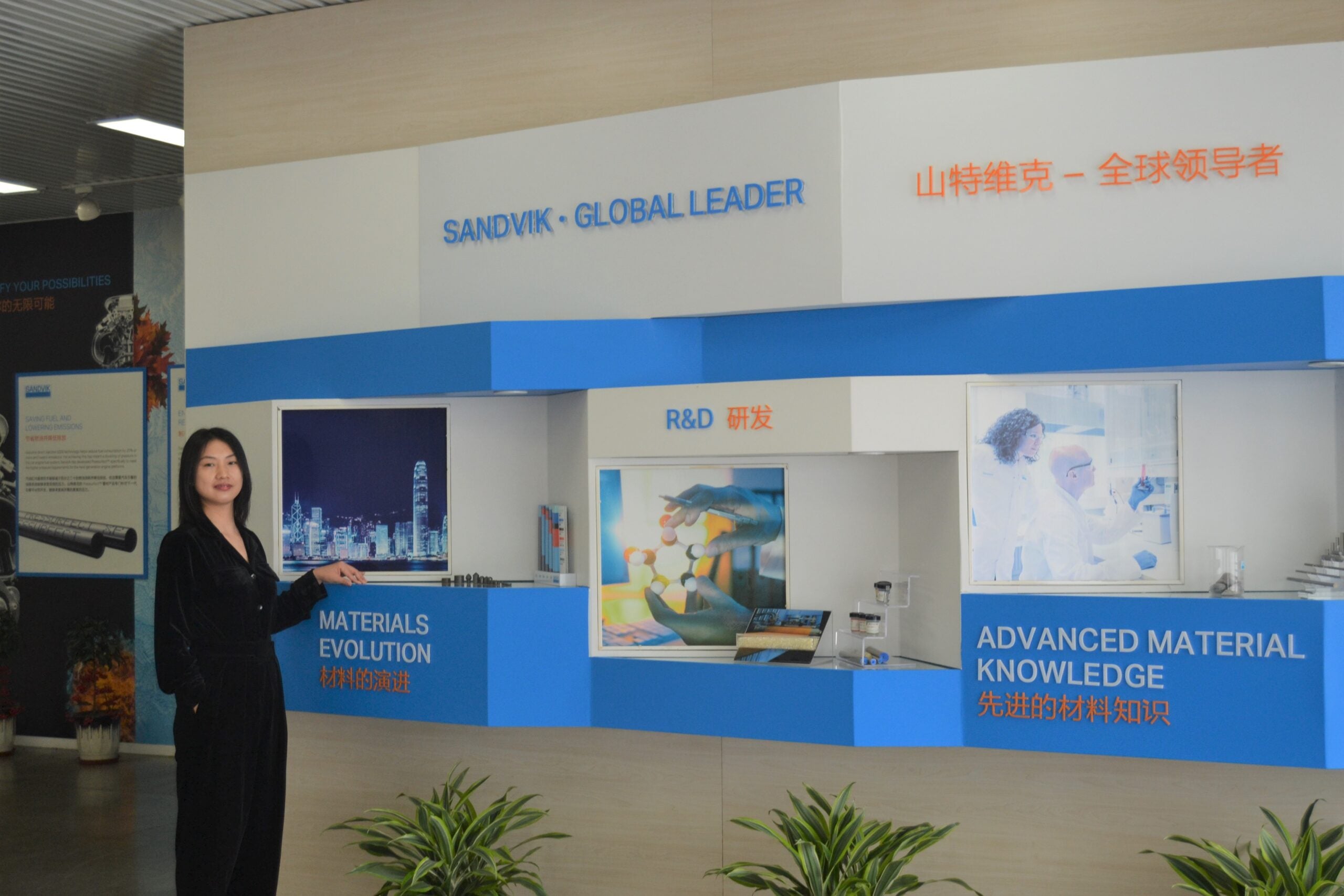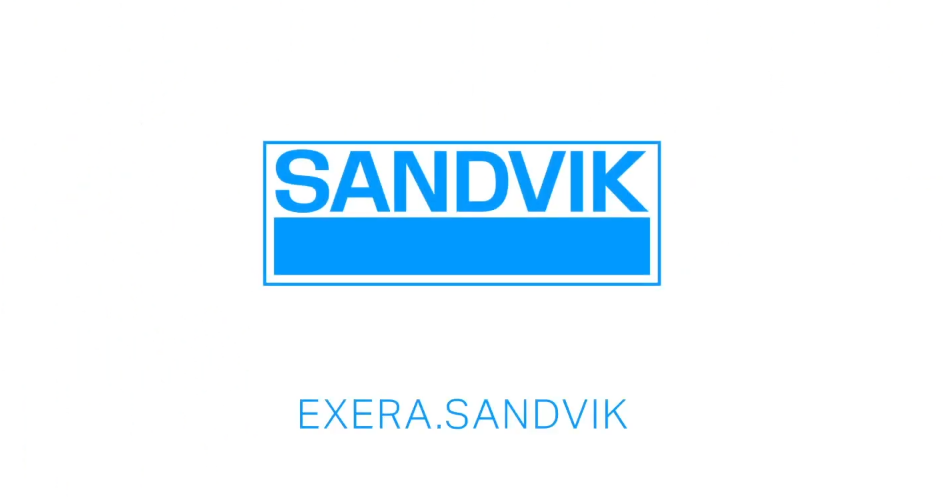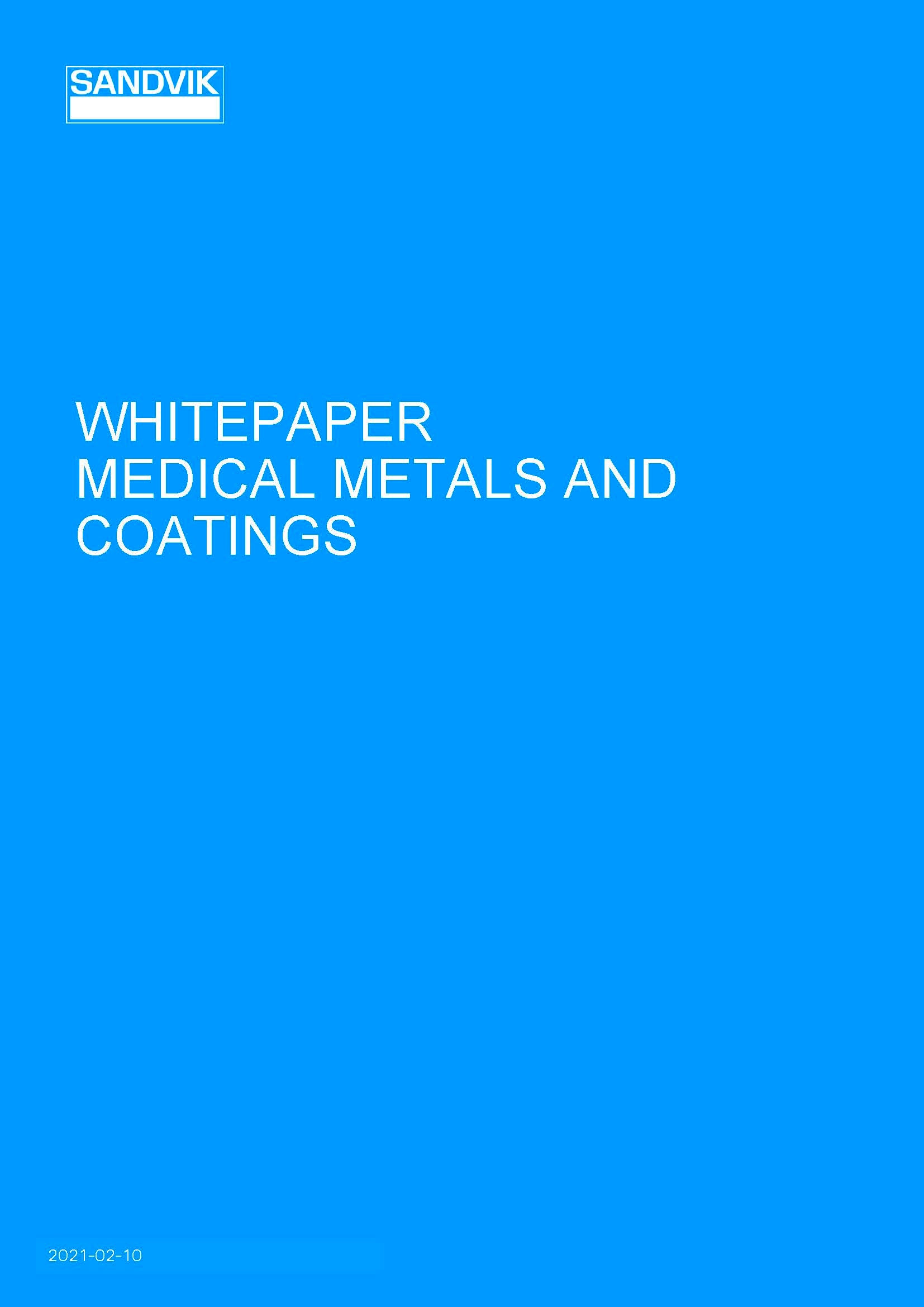
Along with its extensive range of high-quality metals and configurations, the EXERA brand from Sandvik and its medical wire-based components offers a unique selling point in the partnerships that it builds with customers to fully realise a customised product, from initial design to prototyping and final production.
As a global company, this adaption to customer needs is reflected in the company’s ability to grow along with market demands in different regions. Medical device technology spoke with Di Meng, Business Development Manager China within the business unit medical at Sandvik Materials Technology, about the EXERA® brand’s position in the Chinese market.
“The increasing healthcare expenditure and the aging population indicates greater demand and growing market potential here,” Meng explains. “Compared to Europe and America, the growth rate of medical device manufacturing in China is far faster. For example, the market size of China’s medical device industry was about 98.5 billion US dollars in 2019 and estimated to be 120 billion US dollars in 2020, and 129 billion US dollars by 2021.”
“What’s interesting for our business in China is actually the high-end medical device industry, which has been regarded as a strategic emerging industry that is strongly supported by the Chinese Government. So far, most of the related fields still rely on imports.
“The future growth potential is huge, we have especially seen rapid growth within vascular intervention and neurosurgery applications over the years. According to the latest data, the number of medical devices manufacturers has reached more than 25,000.
“Top three key locations in China that have been identified are the Guangdong province, Jiangsu province and Shandong province. On top of that, there is estimated to be more than 30,000 medical devices distributors nationwide in China.”
With China offering so much potential and demand for medical device products, business development roles within the company work hard to monitor the market in order to be able to meet manufacturing needs and be attractive to potential customers.
“With regards to this business development role, I think it’s challenging and also very interesting,” Meng explains. “Considering a fierce competitive environment and the fast paced innovation of medical device research and development.
“We aim to build up a collaborative relationship with different stakeholders across the medical devices value chain. I would say from my personal point of view, business development is never about just closing one deal, it’s more about establishing long-term trust partnerships with our customers. It is very important for us to have key customers and then maintain the relationship and develop further, to know their pain points and difficulties and the next move for their innovation.
“Lastly, I think we need to echo the market needs. The Chinese market requires us to respond faster and continuously optimise the one-stop purchasing customer experience. It’s always good to review ourselves in the competitive environment so that we can adapt faster to market changes. I see strong business potential for our business in China, especially in the application areas of vascular intervention and implantation neurosurgery, electrophysiology and pacemakers etc. We do have a few key competitive advantages here, first of all the stronger demand coming from customers in China to closely work together with their local technical engineer to form a prototype and also in providing them with this one stop solution to ensure the high quality of the finished products. Another critical competitive advantage for us in China can be seen from our strong manufacturing capability. Compared to the other competitors, I would say we have the most comprehensive product portfolio.”
Along with its streamlined development process and close partnerships with medical device OEMS, Sandvik Materials Technology offers more than 200 alloys for medical applications and specialises in providing the best materials and configurations, including polymer coatings and plating. Its EXERA® medical wire components have been used for a number of applications, including vascular therapy, biosensing and neurostimulation, and in devices such as cochlear implants, pacemaker leads, continuous glucose monitors, catheters and guidewires.
For more information about EXERA® fine medical wire-components or to contact Sandvik Materials Technology about developing a medical field device, visit their website.



